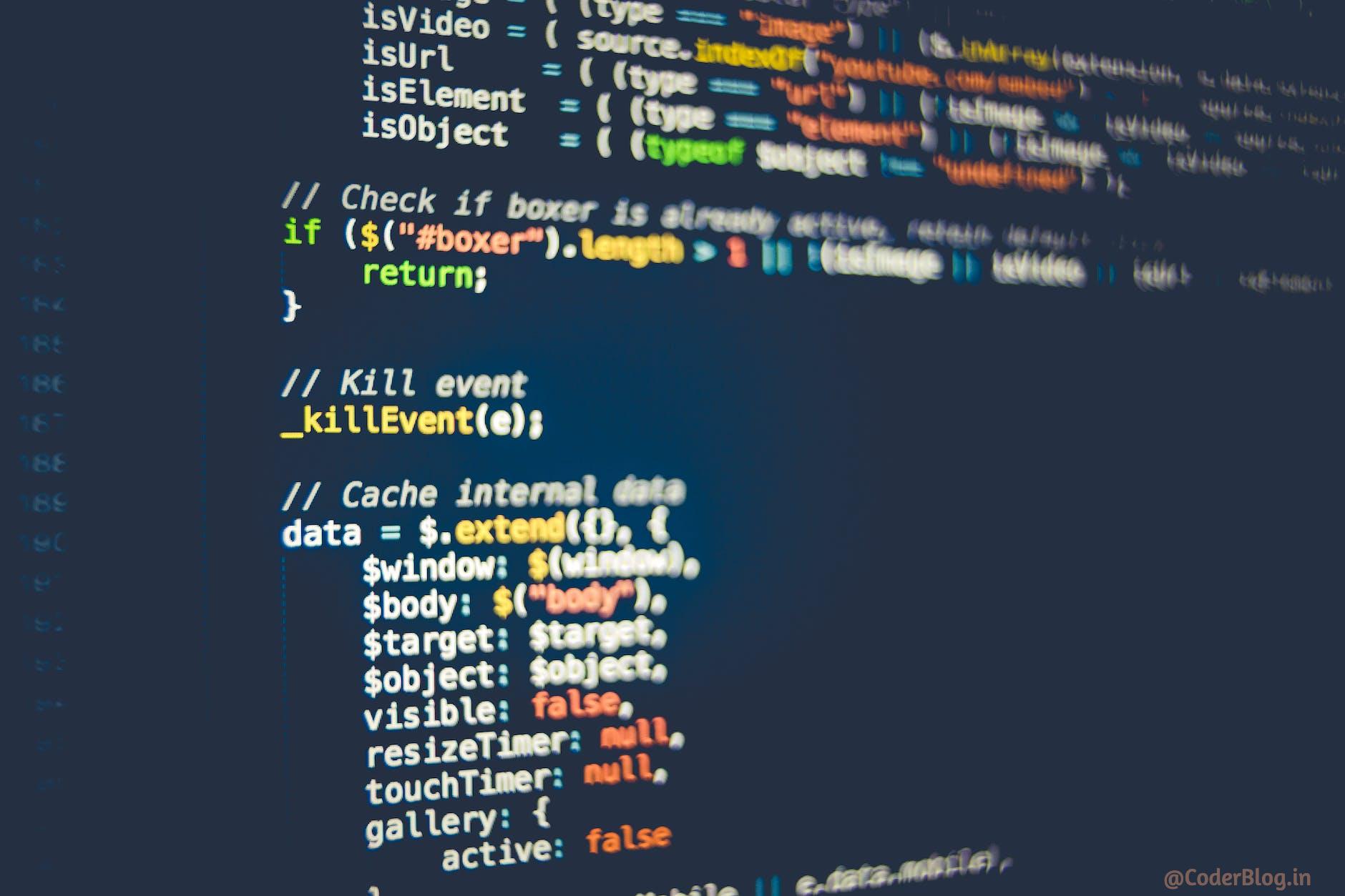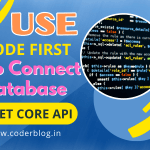Writing clean and maintainable code is essential for any software project. Here are ten best practices to follow:
- Keep it simple: Write simple and easy-to-understand code. Avoid overly complicated code that is difficult to maintain.
- Write modular code: Break your code into smaller, reusable modules that are easy to test and maintain.
- Use meaningful names: Use meaningful and descriptive names for variables, functions, and classes. This makes your code more readable and easier to understand.
- Follow a consistent style: Choose a consistent style for your code and stick to it. This makes your code easier to read and understand, and helps ensure that all code is consistent and maintainable.
- Write comments: Use comments to explain what the code does, and why it does it. This can help other developers understand your code and make it easier to maintain.
- Test your code: Always test your code thoroughly before deploying it. This can help catch bugs and prevent problems down the road.
- Use version control: Use version control software to track changes to your code over time. This makes it easier to roll back changes and work collaboratively with other developers.
- Optimize for performance: Write code that is optimized for performance, but without sacrificing readability or maintainability.
- Handle errors gracefully: Write code that handles errors gracefully, and provides useful error messages to users.
- Keep up with best practices: Keep up with the latest best practices and trends in software development, and be open to learning new techniques and technologies.
Following these best practices can help you write cleaner, more maintainable code that is easier to work with and less likely to cause problems down the road.
![]()
Views: 3
Total Views: 1164






